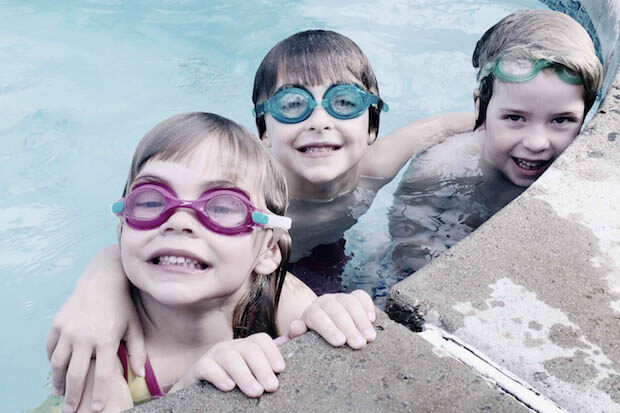
If your child is learning another language, it usually takes time for them to go from participating in simple conversations to utilizing academic language in a meaningful way. However, providing extra support for language is not only helpful for English language learners and other second language learners. All learners can benefit from purposeful language activities. Here are 3 significant language teaching strategies to use in the classroom or at home: [Read more…]




